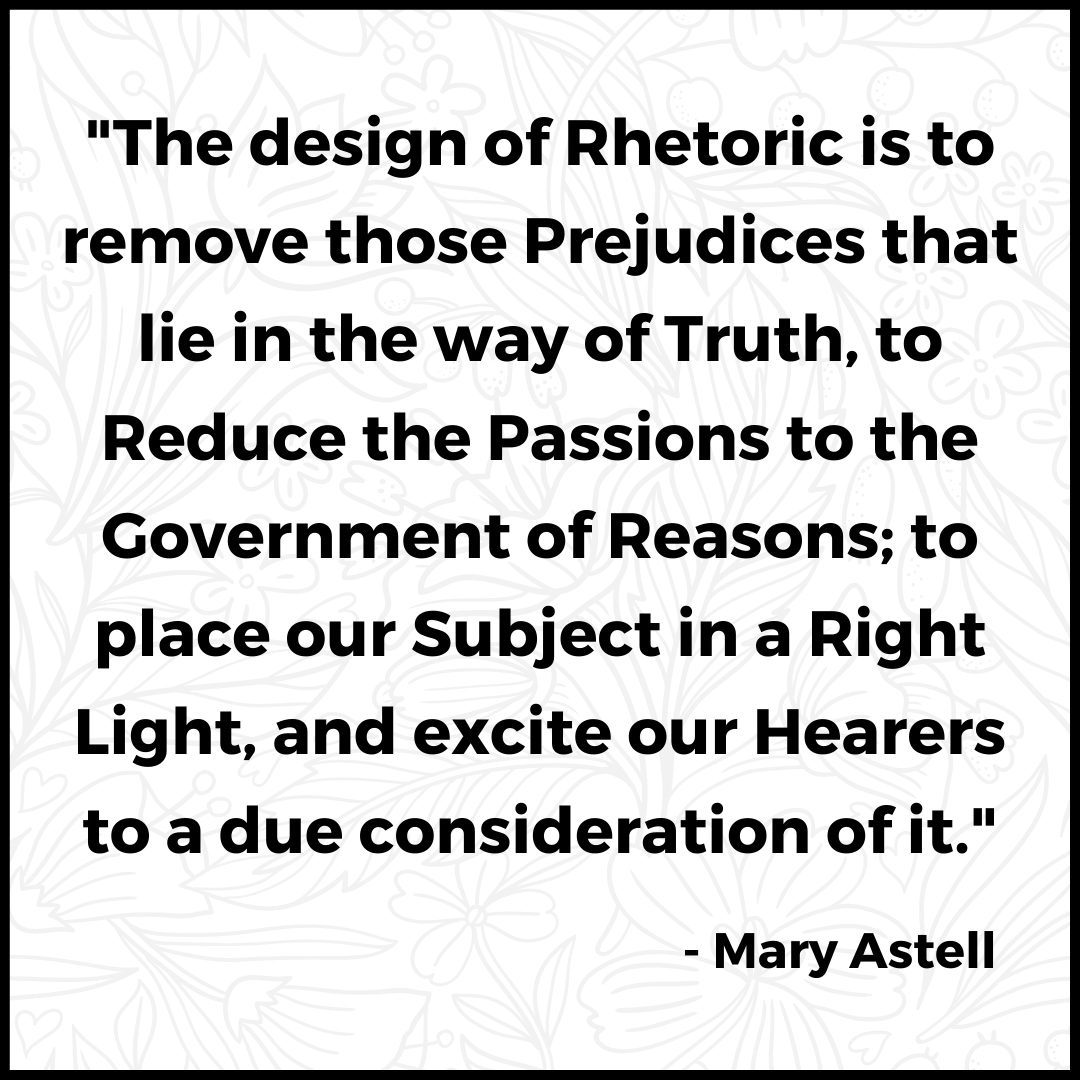What is Rhetoric?
Key Outcomes
By the end of this section, you will be able to:
- Understand what rhetoric is and what it is not.
- Understand the purpose of rhetoric in real-world composing situations.
- Define the role and significance of audience, context, and purpose in rhetorical situations.
- Identify, define, and apply the rhetorical appeals.
- Define and describe logical fallacies in arguments.
- Describe and reflect on author positionality.
- Identify and describe how cultural factors or approaches to communication might impact arguments.
- Recognize and analyze the features of the rhetorical situation.
Rhetoric Is Not a Dirty Word
What is rhetoric, and why should it matter to you? Rather than answering those questions simply, let’s first recognize a few facts about rhetoric that may contradict how the term is used in mainstream media:
- Rhetoric is not political spin.
- Rhetoric is not an argument.
- Rhetoric is the art of persuasion.
- Rhetoric has a rich, cultural history.
- Rhetoric helps people communicate in a variety of situations.
Rhetoric is communication aimed at convincing people to accept or advocate for certain ideas. Rhetoric is more than political strategies or policy arguments, and it matters because we use rhetoric everyday and in a multitude of situations. In essence, everyone uses rhetoric all the time to “get what [they] want” as TED-Ed creator Camille A. Langston would say.
One popular definition of rhetoric is attributed to the Greek philosopher, Aristotle, who stated that: “rhetoric then may be defined as the faculty of discovering the possible means of persuasion in reference to any subject whatever” (Aristotle). That is, rhetoric means finding ways to persuade people; it’s the art of persuasion. But rhetoric isn’t necessarily about making a logical argument, though logic and reason may help us to persuade others. In fact, Aristotle says that there are three main ways we might appeal to an audience, and thus, persuade them: we can use ethos (which is based on character and authority), pathos (which is based on emotion, belief, and values), and logos (which is based on making a clear and reasonable case). We’ll discuss these appeals in detail later in the chapter. For now, keep in mind that rhetoric deals with how and why we persuade an audience, and whether we want them to take such actions as changing their viewpoint or learning new information. Or to use Mary Astell’s words, “The design of Rhetoric is to remove those Prejudices that lie in the way of Truth, to Reduce the Passions to the Government of Reasons to place our Subject in a Right Light, and excite our Hearers to a due consideration of it.”

Before using the appeals as your “means of persuasion,” however, you might also consider the rhetorical situation, starting with your audience, purpose, setting or context, and medium. Where and when are you speaking or writing and to whom? Where or when will the audience receive your message? How or in what medium will you deliver your message? Will your audience be hungry, tired, or just finishing an argument with their partner? Or will they feel well, energized, happy, and safe when they receive the message?
The time, the place, the body, and even the weather can also impact the way a message is understood. Some of these concerns, in particular, deal with kairos, which refers to the timeliness of a topic. For example, consider if you’ve ever waited to ask a friend for a favor until they’re in a good mood. You’ve considered the kairos of your question. Your friend is much more likely to agree to help if they’re in a good mood. Even if there isn’t necessarily a right time and place for everything, there are certainly wrong times and wrong places. Cracking a joke at a funeral might not be appropriate, but what’s appropriate also depends on how well you know the crowd and how the joke might be received. Other situational questions you might ask yourself include:
What purpose does the joke serve and who benefits?
What is the relationship of the author to the audience?
What is prompting the joke at this time and in this context?
These are all questions that we must consider when determining the rhetorical situation for communication.
Let’s Review. Rhetoric is more than political spin or argument. It’s the art of persuasion—using such appeals as ethos, pathos, and logos; of considering purpose, audience, context, and medium.
